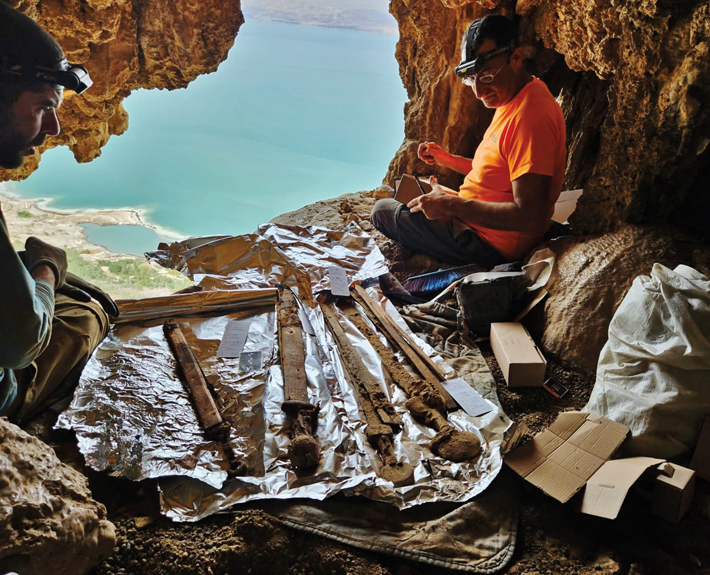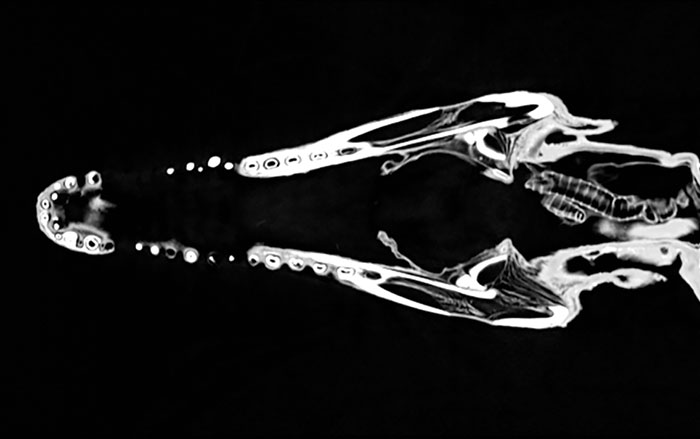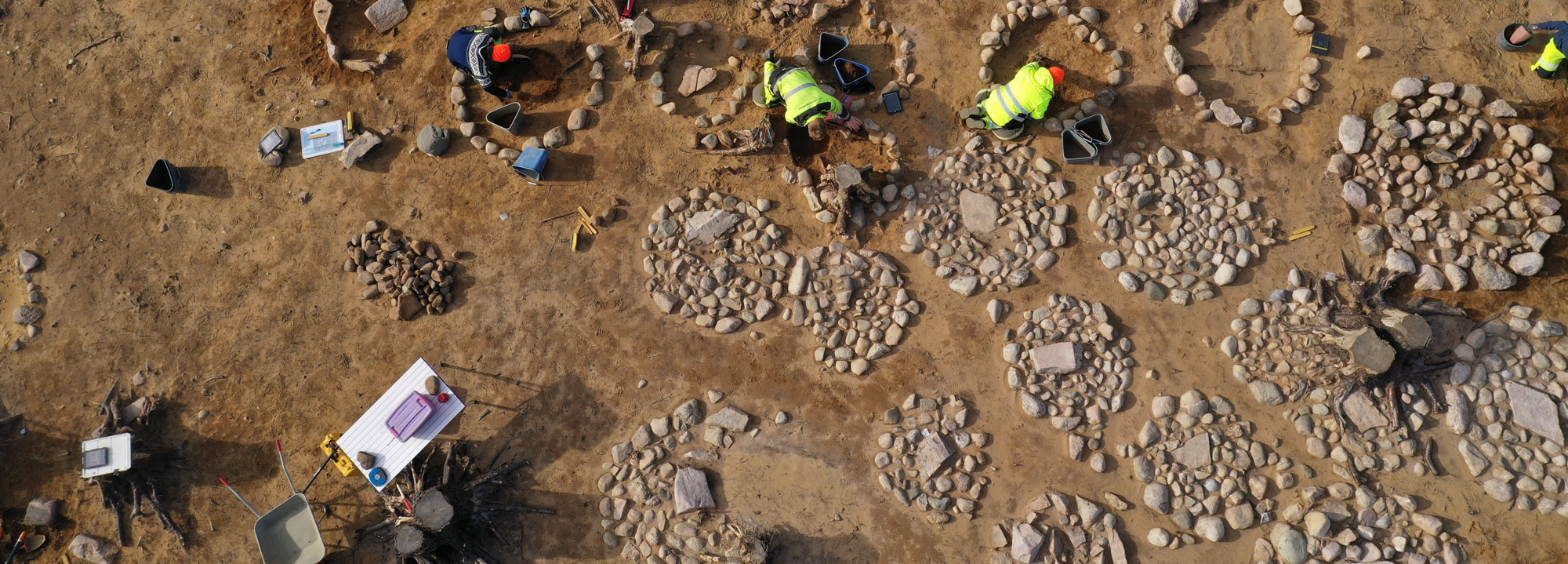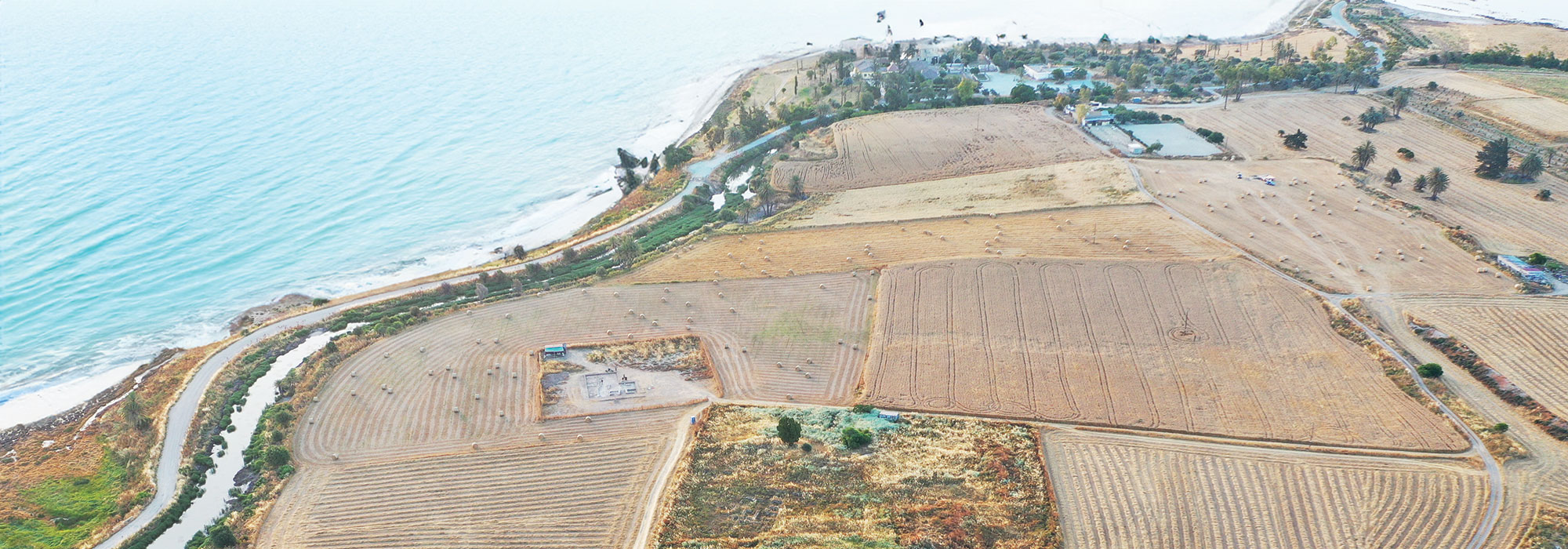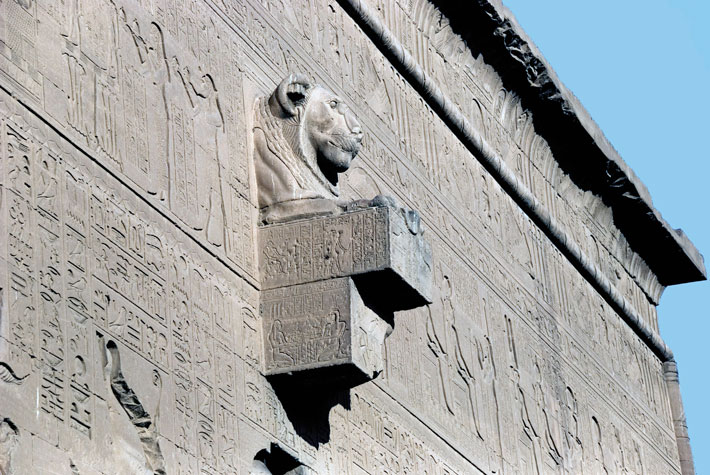

While investigating a house dating to the sixteenth century in Old Dongola, once the capital of the medieval Nubian Kingdom of Makuria (ca. A.D. 400–1400), a team from the Polish Centre of Mediterranean Archaeology at the University of Warsaw discovered a puzzling network of rooms beneath the floor. On the walls of one of these rooms—a narrow, vaulted space measuring just three feet wide and nine feet long—archaeologists found several unorthodox paintings that they believe date to the thirteenth century. One of these paintings portrays the Virgin Mary. Another depicts a scene in which the archangel Michael holds a Nubian king in his arms and presents him to Jesus, who sits on a cloud and extends a hand for the king to kiss. “This is completely uncommon for Byzantine Christian art, which generally does not show a lot of interaction or contact between mortals and immortals,” says team leader Artur Obłuski.
Researchers suspect this tableau is connected to a fateful moment in Makurian history. An Old Nubian inscription accompanying the scene includes several references to a king named David as well as a plea to God for protection of the city. Obłuski says it’s likely that the painting portrays the Nubian King David who, for unknown reasons, launched an attack on the Mamluk Sultanate of Egypt in the late thirteenth century. Although the campaign met with some initial success, in 1276 the Mamluks struck back forcefully and were advancing on Dongola. “I see this wall painting and inscription as a prayer, as a call to God when the Mamluk army is approaching,” says Obłuski. “At this moment, the king prays to God to protect the city he loves, the city of Dongola.” The plea fell short, as the Mamluks sacked Dongola and eventually captured and executed King David.




